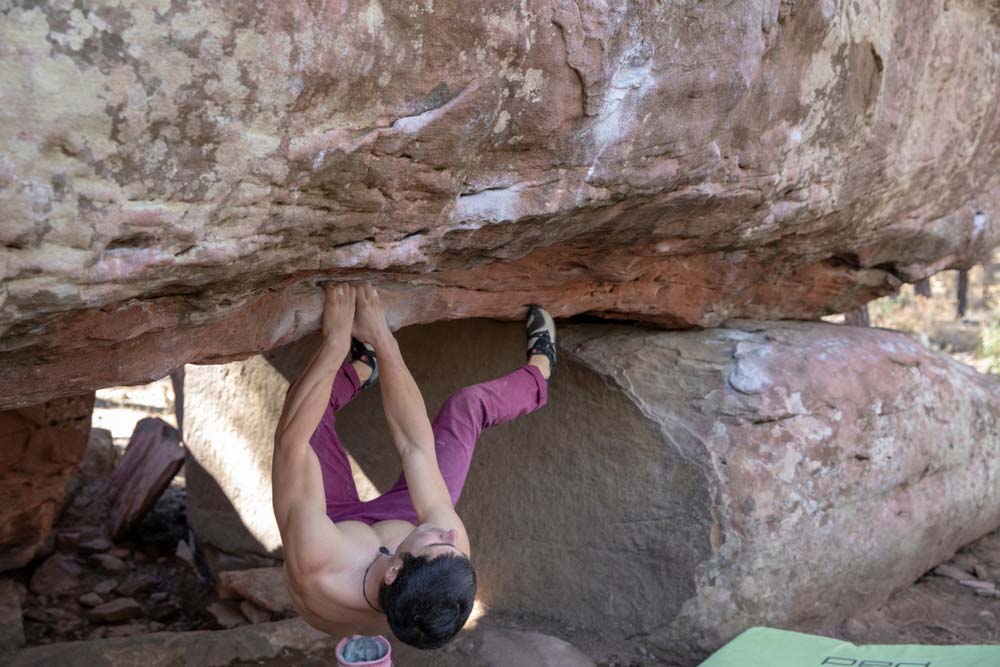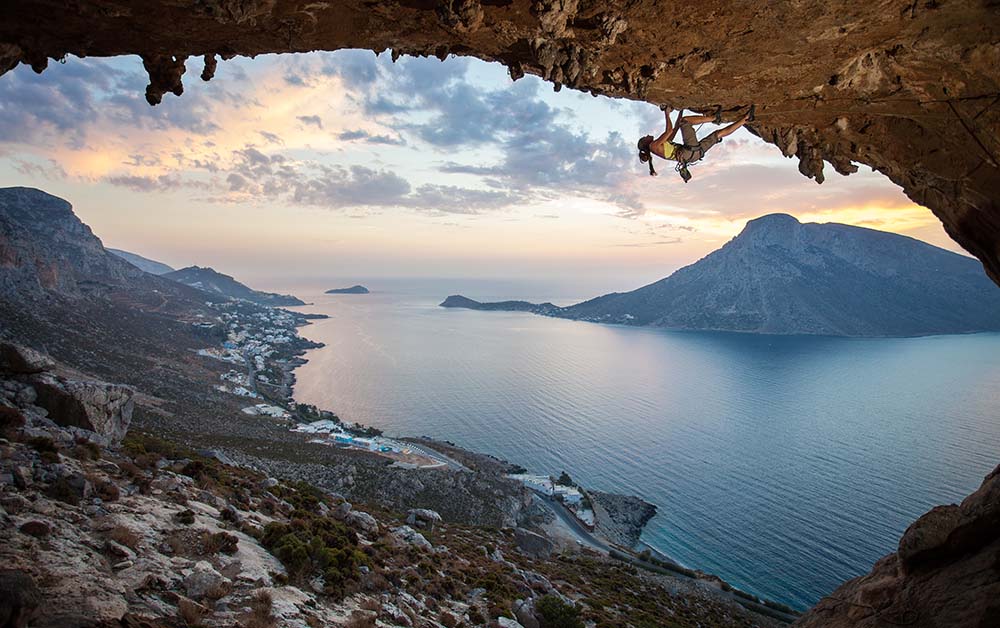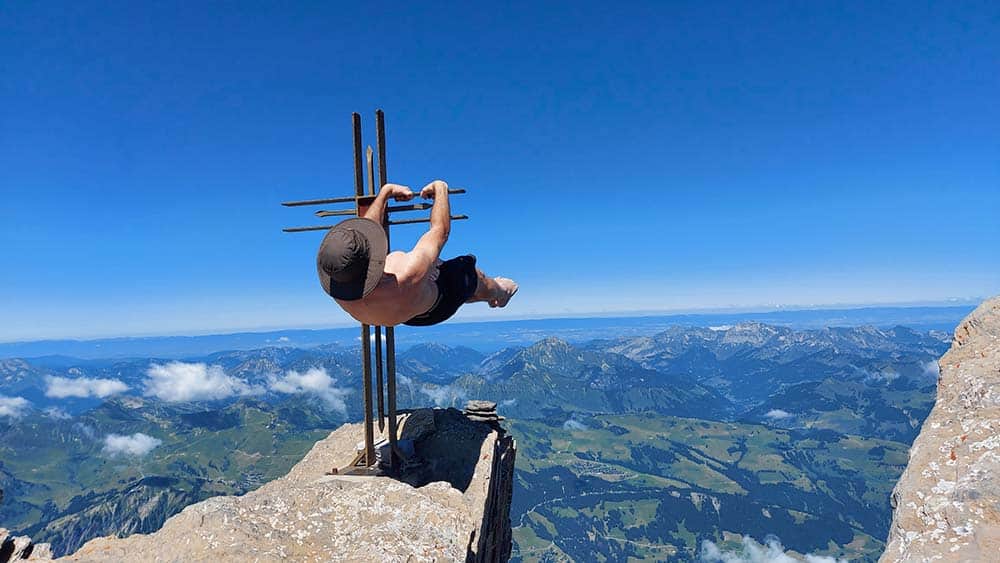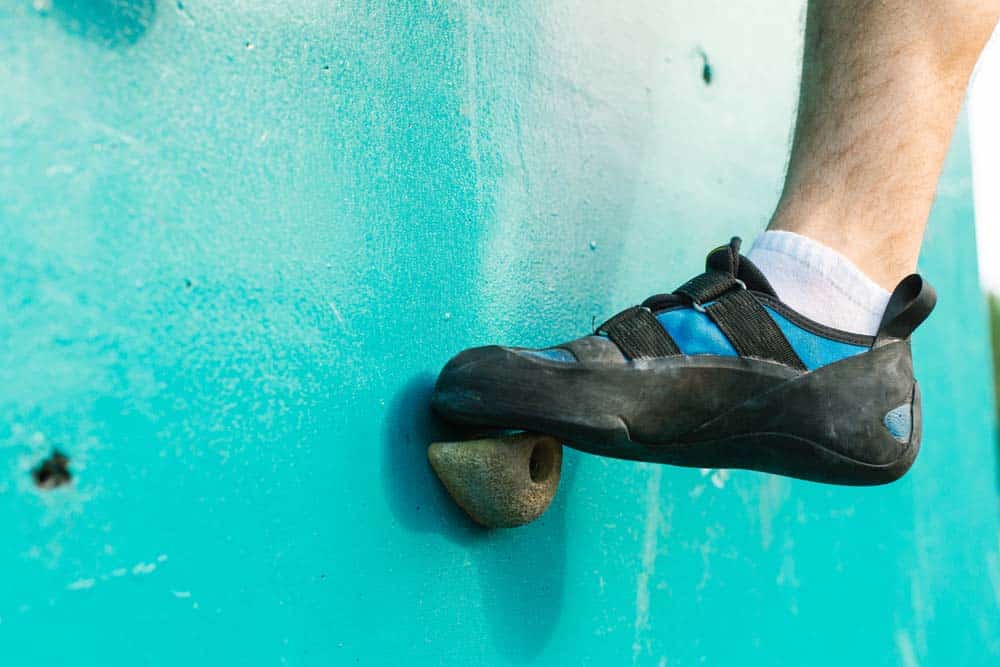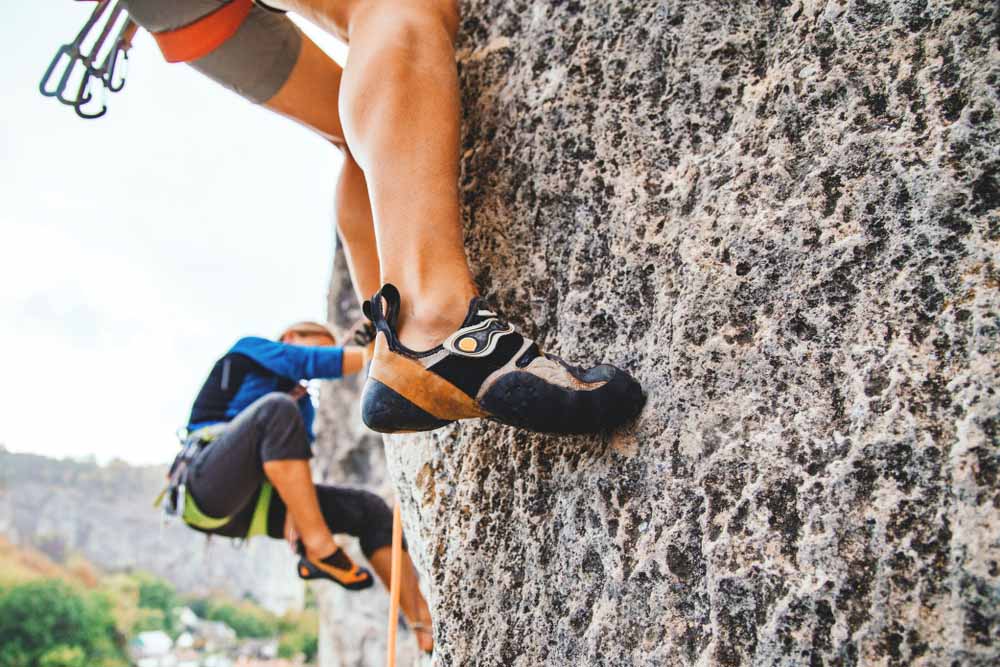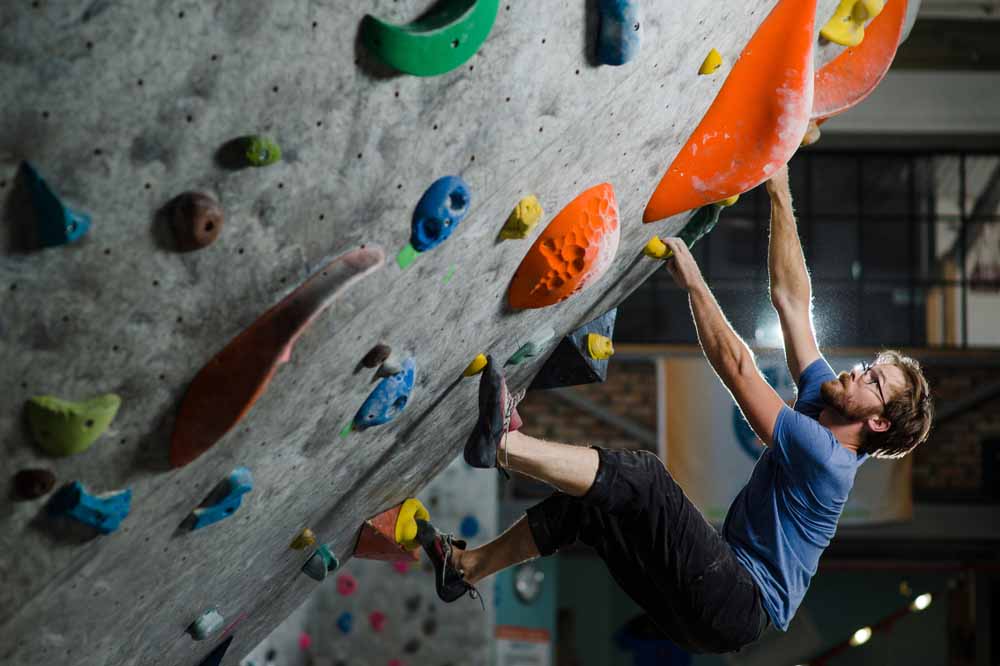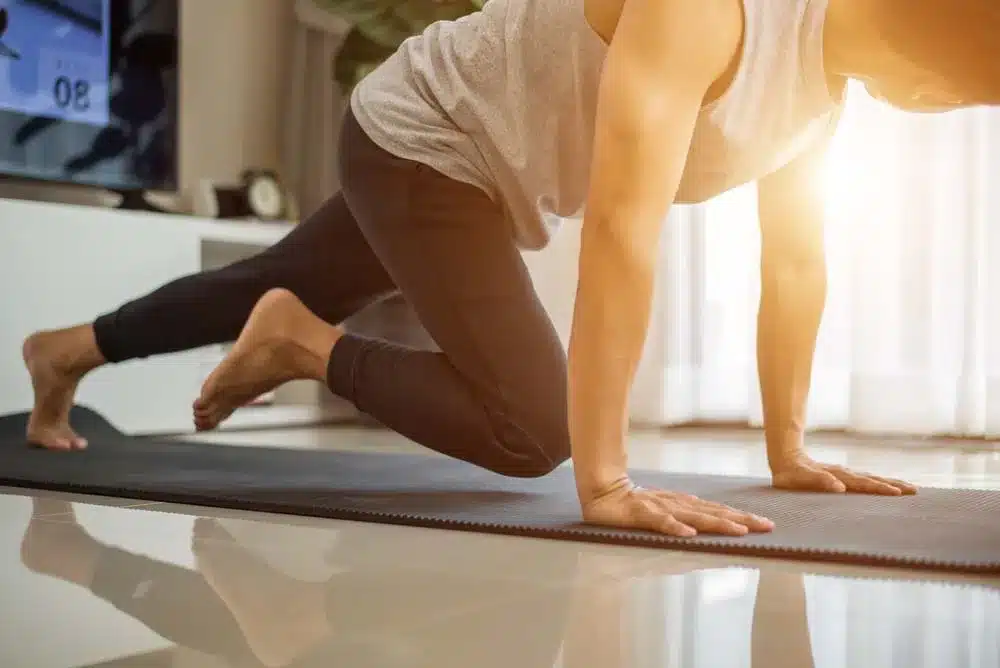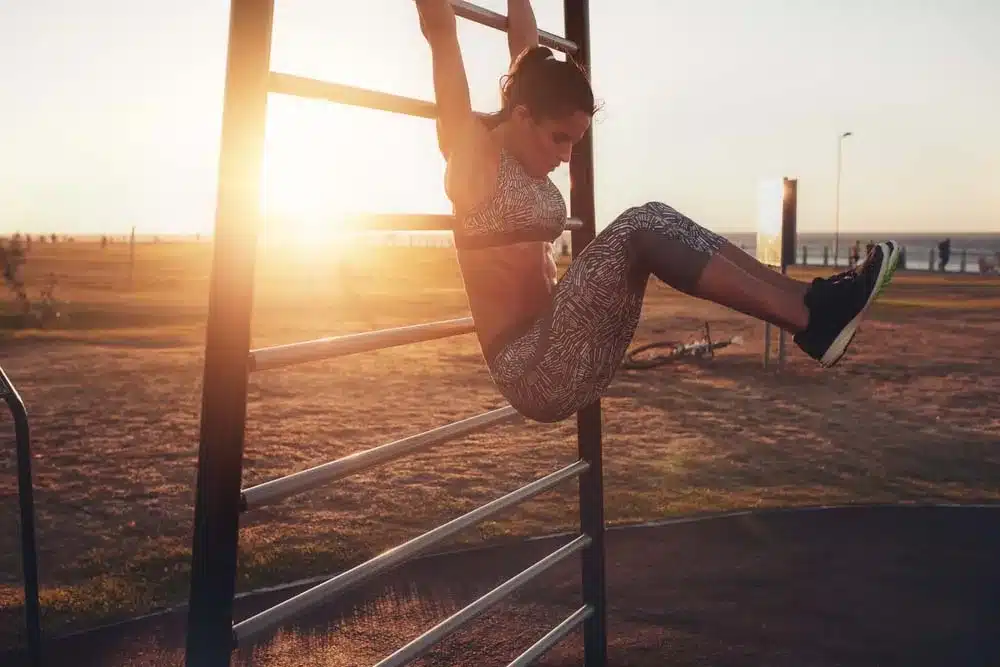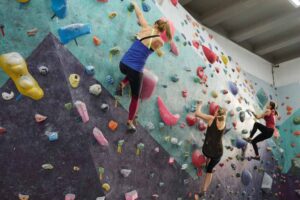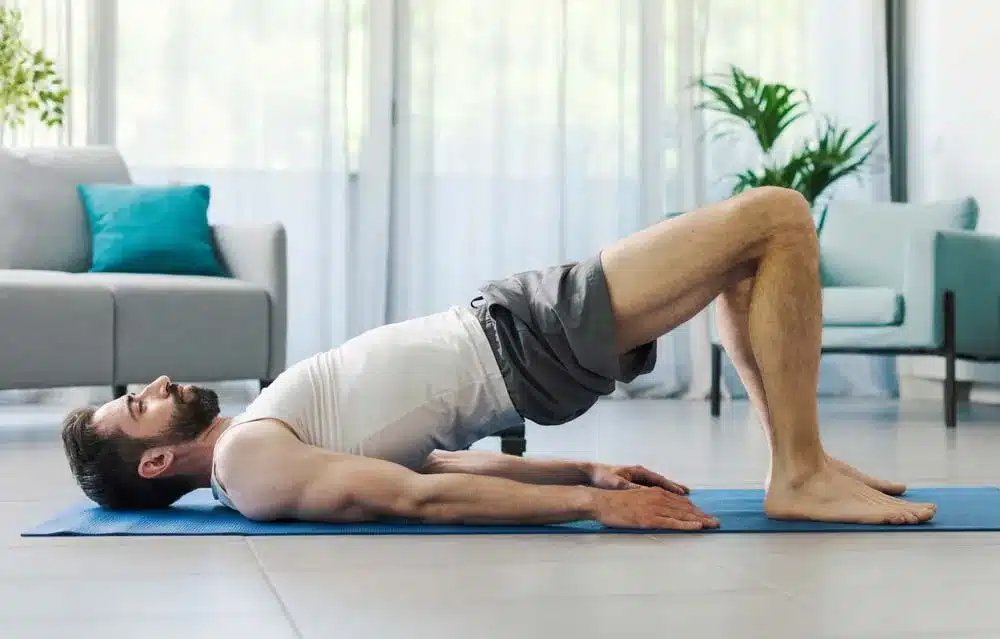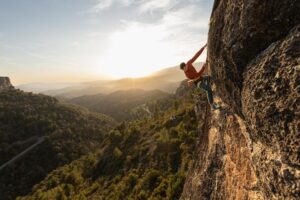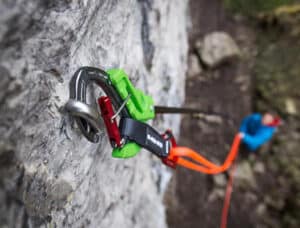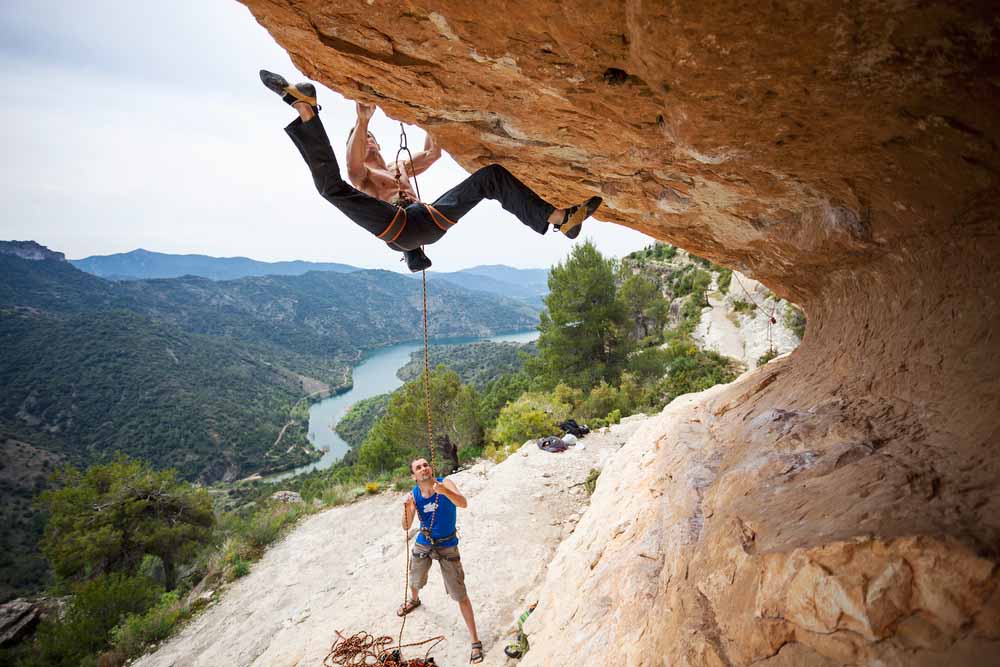Talk to any seasoned rock climber, and they’ll tell you that core strength is critical to their climbing. Some even go so far as to say that core strength is more important than finger strength. That’s because when your fingers are fried and your forearms are pumped, core tension helps you stick to the wall.
For that reason, core exercises are nonnegotiable for most climbers. How each climber deploys their core training is unique to them. However, there are a few tried and true classic core exercises that can offer consistent results.
Below I will talk about seven exercises you can use as a core workout for climbers that, when combined with consistency and quality repetitions, can improve your core strength.
What is Your Core?
The anatomical core of your body is not just the abs, it’s an entire abdominal, gluteal, and hip muscles surrounding your spine, abs, and hips.
To think about it systematically, you can imagine your core as a four-sided muscular box. The abdominals are the front of the box, the paraspinal and gluteals are the back, the diaphragm is the roof, and the pelvic floor and the hip girdle are the bottom of the box.
Why is Your Core Important for Climbing?
Apart from athletics, the core muscles are essential because they help maintain proper posture and protect the body’s vital organs. When considering athletics, like rock climbing, a strong core is crucial for a breadth of athletic movements.
For example, core strength is important for holding static positions while placing or clipping gear, resting, or planning your following sequence of moves. In addition, core strength is critical for more explosive movements, like when you wind your body up and use momentum to reach the next hold dynamically.
Throughout all that, you rely on your core to create tension in your limbs to maintain contact with climbing holds and keep your body on the wall.
7 Core Exercises for Climbing
There are a thousand and one ways to train your core for climbing. That’s good because it means you can keep your workouts diverse to avoid boredom. But the sheer quantity of exercises can also make it difficult to know where to start.
To help you delve into core workouts for climbers, I think it’s helpful to categorize your options into two categories.
- Off-the-Wall Core Training Exercises
- On-the-Wall Core Training Exercises
On-the-Wall Core Training Exercises
On-the-wall core exercises are my favorite because they mimic the real thing.
Slow Climbing
Climbing slowly is a good challenge that helps you identify weaknesses in your core strength and climbing technique. By climbing slowly, you force yourself to spend more time on the wall and use your core to move between holds.
As you climb slowly, maintain body tension, concentrating on your core, and focus on clean, efficient footwork.
Toe Taps
Toe taps are great to help you build core strength for steep climbing. They mimic the strength and movement you need to deploy to keep raise your legs in overhung terrain and maintain tension through your toes.
- Hang from both arms on juggy holds
- Lift your left foot to touch and engage a low foothold to the left of your body
- Release the foot and return it to the start position
- Repeat the movement to a foothold at a medium height
- Repeat the movement for a foothold at a high height
- Then, switch to the right side of your body.
As you are doing toe taps, try not to swing around. Instead, the raising and lowering should be slow and controlled without momentum.
3 Second-Hovers
There are two ways to do hovers on the while.
You can either move to the next hold and hold that exact position for three seconds. Or you can move to the target hold and hover your hand above it for three seconds.
Either way, this exercise will help build core strength to hold static positions and create awareness about the efficient body positions you need while climbing.
Off-the-Wall Core Training Exercises
Unfortunately, not all climbing training can occur on the wall. A good core workout hits specific muscle groups and sometimes you have to do off-the-wall exercises to target these. Complete climber core training should therefore involve these exercises and the ones below are great options to choose from.
Leg raises
Leg raises or lifts are a simple and effective exercise which also hit the hip flexors. As a good starting point you can use the lying variation. Simply lay on your back with your legs straight out before you. Then, raise your legs in front of you. While lifting your legs, refrain from using momentum and keep your hands flat on the ground on the sides of your body.
For simple progressions you can perform these hanging from a pull up bar and raise you toes to the bar keeping your back straight.
Planks and Plank Progressions
Planks are one of the best off-the-wall core exercises because they mimic the body tension needed to maintain contact with three or four contact points. To start, I recommend the traditional plank exercise. Then as you build more core strength, you can try out more advanced plank progressions.
Types of plank progressions
- Side plank
- Plank shoulder taps
- Side plank leg lift
- Side plank hip drop
Bridges
Bridges are like reverse planks. They’re great for strengthening all four sides of your core. And like planks, there are many progressions you can try out to keep things interesting.
- Lie in a supine position with your knees bent.
- Tighten your core and raise your hips off the floor until they are in line with your knees and chest, remembering to squeeze shoulder blades.
- Hold the position and then release.
Types of bridge progressions
- Bridge with marching
- Single leg bridge
- Single leg bridge with a static hold
Dead Bugs
The name of this exercise may sound silly, but dead bugs are an excellent high-intensity and equipment-free exercise.
There are many variations of dead bugs. But I’ll explain my favorite.
- For the starting position, lay in a supine position with your body straight.
- Keeping your legs straight, position your hands above your head with arms straight like you’re stretching.
- Lift your right leg, maintaining the other straight.
- As your right leg raises, reach up and across your body with your left arm, the goal is to tap your toes with your left hand.
- Lower both limbs and then repeat on the other.
- Alternate between the two sides for a predetermined time limit.
Final Thoughts: Core Training is Critical for Climbing
There is no way around it– core exercises are one of the most important training exercises you can focus on as a rock climber.
You can practice core training on the wall with exercises like toe taps, hovers, and slow climbing. And you can build core strength off the wall with exercises like planks and bridges, leg raises, and dead bugs.
However you attack it, a little bit of training every climbing session goes a long way to building a solid core. Be patient as you build strength, do your best to remain disciplined, and monitor your gains to remain motivated.


